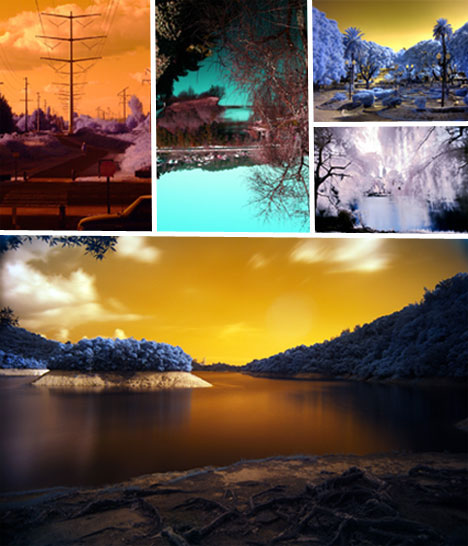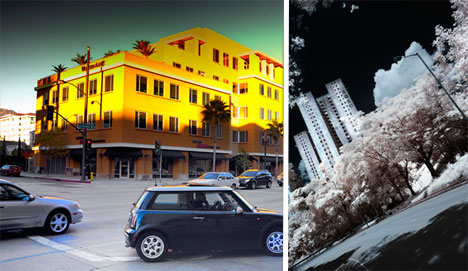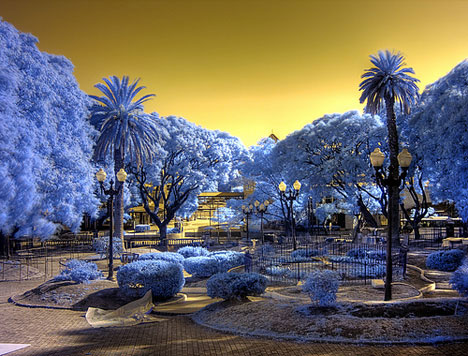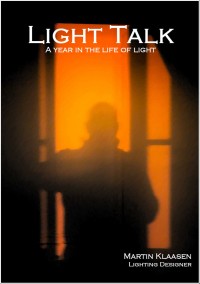Cheap is expensive
Singapore 23rd November 2011
As I spoke about quality versus quantity only yesterday, I am again confronted with potential clients today wanting to achieve a nice design by feeding peanuts…you know the expression… Of course it is not our money, we are not in apposition knowing what their financial situation is, not what their budget allocations are. The only thing we can do is to educate our clients about value for money and the many benefits that good lighting can provide, motivation-wise, performance-wise, health-wise even money-wise.
Of course everybody has an eye on the economy. While Asia with the big engine economies like China and India still moving forward steadily, Europe and the US all seem under pressure. It is not surprising that we have seen a stark increase of European and Us based manufacturers and suppliers active in the lighting industry sending their “troops” out to develop business in this part of the world. We do have an open door policy creating quite a steady flow of suppliers and manufacturers popping into our office, but we do have a distinct impression that our visitors are coming from further away lately. This includes designers and other consultants seeking associations to work over here. We will monitor this trend over the coming months.
Note that therefore the market becomes tighter, more competitive and as a result fees are under pressure and even services are being cut to basics all in pursuit to minimise capital expenses! Which brings me back to my introduction. Unfortunately for many clients in the lighting industry: “Goedkoop is duurkoop” which translated from Dutch into English means as much as “Buying cheap is expensive”. In other words you buy cheap now but in the long run it will turn out so much more expensive (think lamp failures, frequent lamp replacements, poor lighting performance, higher energy bills, etc). Oh so true in lighting!
In Light Watch some interesting pics created by infra red photography. We don’t use much infra red (or ultraviolet) light in our designs as these are at the limit of our visual spectrum. However in photography they can be very interesting. Sometimes we need to look beyond the usual…
Light Watch 208: Infra Red photo’s from the www.weburbanist.com website




 The long awaited book compilation of Martin's first year of blogging is available. Order now.
The long awaited book compilation of Martin's first year of blogging is available. Order now. Feedspot Top 100 Lighting Blogs
Feedspot Top 100 Lighting Blogs